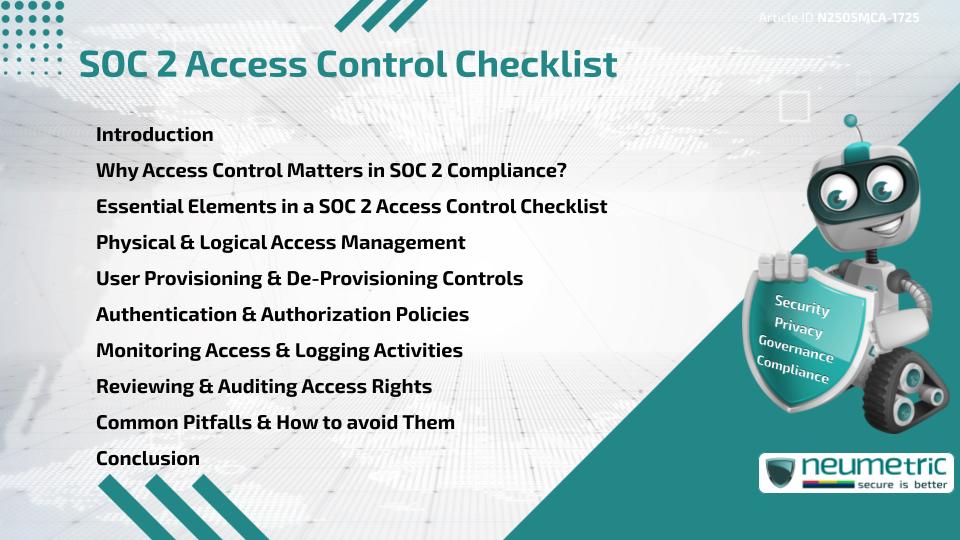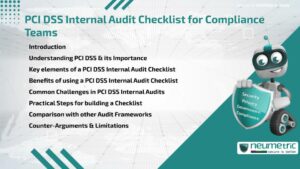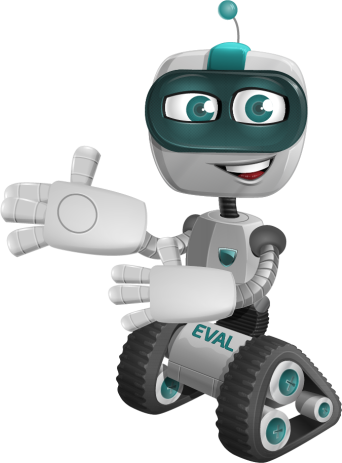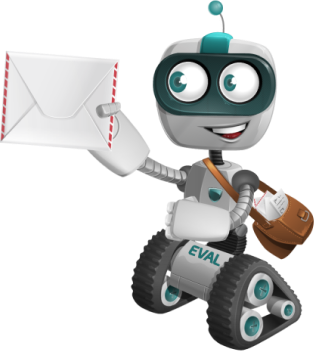Table of Contents
ToggleIntroduction
Access Control is a core requirement of SOC 2 Compliance, especially under the Security Trust Services Criteria. Whether you’re preparing for an Audit or tightening your internal safeguards, a well-defined SOC 2 Access Control checklist helps you structure & document your control environment effectively. This article explains key components of such a checklist, why they matter & how you can ensure every item is implemented correctly & consistently.
Why Access Control Matters in SOC 2 Compliance?
Access Control ensures that only authorized users can access systems, data & resources. In SOC 2, this is essential to prevent breaches, internal misuse or data leaks. Without a structured Access Control process, Organisations struggle to demonstrate that sensitive information is protected — which can lead to Audit failures & reputational Risks.
Access Control also supports other principles such as confidentiality, processing integrity & availability. The checklist is not just a technical requirement — it’s a strategic safeguard for your operational security posture.
Learn more from this overview on SOC 2 Trust Services Criteria.
Essential Elements in a SOC 2 Access Control Checklist
A strong SOC 2 Access Control checklist should cover these core areas:
- Identification & authentication protocols
- Role-based access assignments
- Access review & approval procedures
- Logging & monitoring of access events
- Secure management of credentials
Every element plays a role in validating that access is not only granted appropriately but also reviewed & revoked when necessary.
Physical & Logical Access Management
Even in cloud-based environments, both physical & logical access need clear boundaries. For example:
- Physical access should be limited to authorized personnel with badges or key codes, especially in server rooms or data centers
- Logical access must include secure login practices for all systems, including multifactor authentication & session timeout Policies.
For guidance, refer to NIST’s publication on Access Control systems.
User Provisioning & De-Provisioning Controls
One of the biggest gaps in Access Control lies in managing the User lifecycle. Provisioning must follow a documented process that includes:
- Managerial approval
- Role-based permissions
- Secure onboarding steps
Likewise, de-provisioning should occur immediately upon resignation or termination. Delays in removing access can lead to security breaches or non-compliance.
The Cloud Security Alliance offers practical tips for these processes.
Authentication & Authorization Policies
Authentication is how a system verifies User identity, while authorization determines what the User can access. Both are critical:
- Use multi-factor authentication [MFA] for administrative accounts.
- Enforce least privilege Policies so users only get access to what they absolutely need.
- Disable shared accounts or generic logins wherever possible.
Also, password Policies should require complexity, rotation & secure storage, as recommended by OWASP guidelines.
Monitoring Access & Logging Activities
Monitoring involves tracking who accessed what, when & from where. These logs help detect suspicious behavior, enforce accountability & demonstrate control effectiveness during audits.
Your SOC 2 Access Control checklist must include:
- Centralized logging systems
- Alerts for unauthorized or failed login attempts
- Daily reviews for high-Risk access patterns
Ensure logs are retained for at least ninety (90) days or as per your policy.
Reviewing & Auditing Access Rights
Regular access reviews are a must-have. At a minimum:
- Conduct quarterly access reviews for critical systems
- Cross-verify active users with HR & manager input
- Document & correct any access inconsistencies
These reviews must be documented & retained for auditors. Use automated workflows where possible, but ensure manual validations are also included.
For review Best Practices, see SANS Institute Access Control articles.
Common Pitfalls & How to avoid Them
Despite best efforts, Organisations often make these mistakes:
- Relying too much on manual checklists
- Not updating access rights after role changes
- Failing to log or monitor admin accounts
- Using outdated access Policies or orphaned accounts
Avoiding these pitfalls requires a mix of automation, accountability & regular training.
Conclusion
Access Control is not just an IT issue — it’s an organizational responsibility tied to SOC 2 Compliance. A good SOC 2 Access Control checklist brings clarity, repeatability & assurance to the process. By implementing the controls discussed here, companies can reduce Risk, enhance visibility & simplify audits.
Takeaways
- SOC 2 Access Control is essential to protect Customer Data & meet Audit expectations.
- A structured checklist helps monitor provisioning, de-provisioning, authentication & access reviews.
- Use multi-factor authentication & role-based access Policies to strengthen control.
- Regularly Audit, monitor & document access-related activities.
- Automate what you can but always include manual validations for sensitive areas.
FAQ
What is a SOC 2 Access Control checklist?
A SOC 2 Access Control checklist is a structured list of technical & procedural requirements used to ensure only authorized users can access Sensitive Data & systems.
How often should access reviews be done?
Access reviews should be conducted at least once every quarter for critical systems & more frequently for high-Risk roles or changes in staffing.
Does the SOC 2 Access Control checklist cover physical access?
Yes, physical Access Controls like badge access, locked rooms & surveillance are also important & should be included in the checklist.
What’s the difference between authentication & authorization?
Authentication verifies a user’s identity (e.g. passwords or MFA), while authorization determines what resources the User is allowed to access.
Why is de-provisioning access quickly important?
Delays in removing access after an Employee exits can result in unauthorized access, data breaches or Compliance violations.
Can shared accounts be used in SOC 2 environments?
Shared accounts are discouraged. If they are used, strict monitoring & individual accountability must be enforced.
Is multi-factor authentication mandatory for SOC 2?
While not always mandatory, MFA is highly recommended for privileged accounts & critical systems under the Security Criteria.
What logs should be retained as part of Access Control?
Login attempts, access changes, failed authentications & admin activity should all be logged & retained for at least ninety (90) days.
Who is responsible for maintaining the SOC 2 Access Control checklist?
Typically, the Compliance officer, security lead or IT administrator is responsible for maintaining & updating the Access Control checklist.
Need help?
Neumetric provides organisations the necessary help to achieve their Cybersecurity, Compliance, Governance, Privacy, Certifications & Pentesting goals.
Organisations & Businesses, specifically those which provide SaaS & AI Solutions, usually need a Cybersecurity Partner for meeting & maintaining the ongoing Security & Privacy needs & requirements of their Clients & Customers.
SOC 2, ISO 27001, ISO 42001, NIST, HIPAA, HECVAT, EU GDPR are some of the Frameworks that are served by Fusion – a centralised, automated, AI-enabled SaaS Solution created & managed by Neumetric.
Reach out to us!





